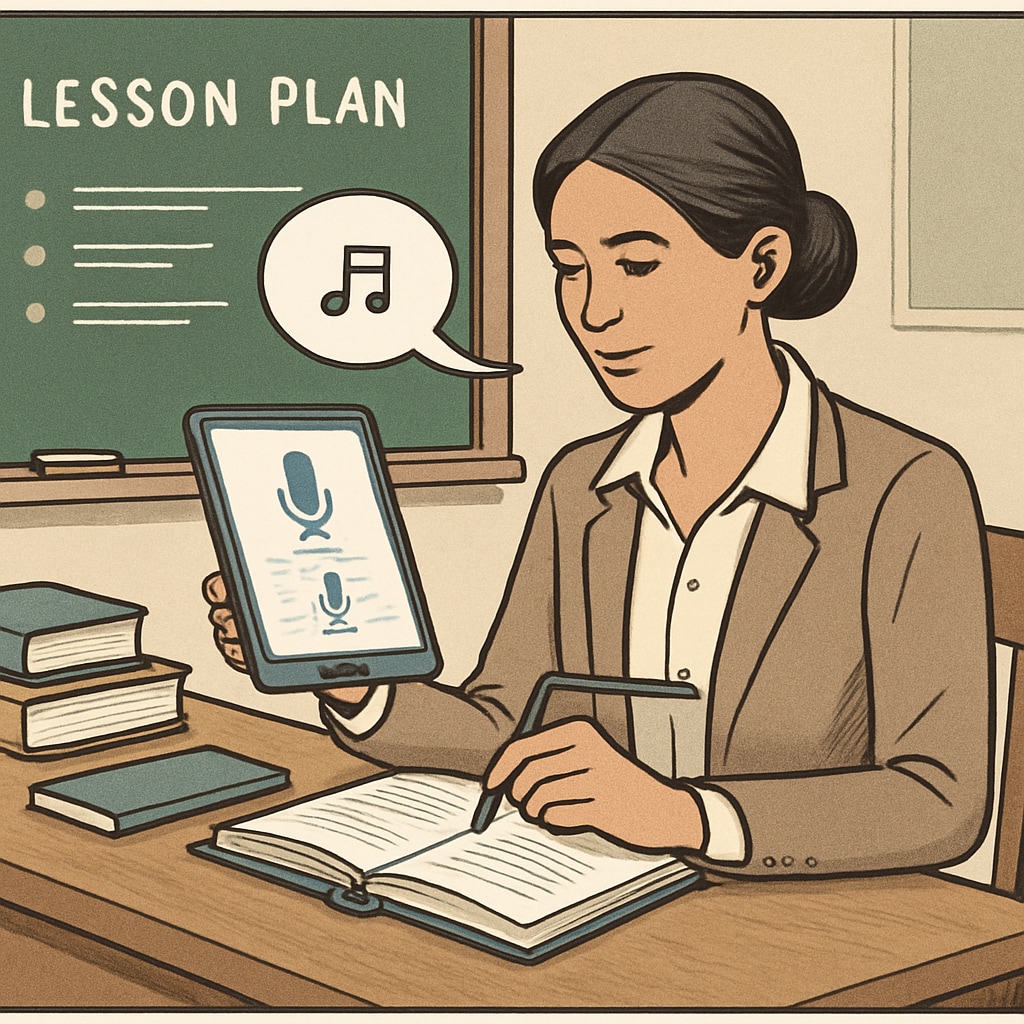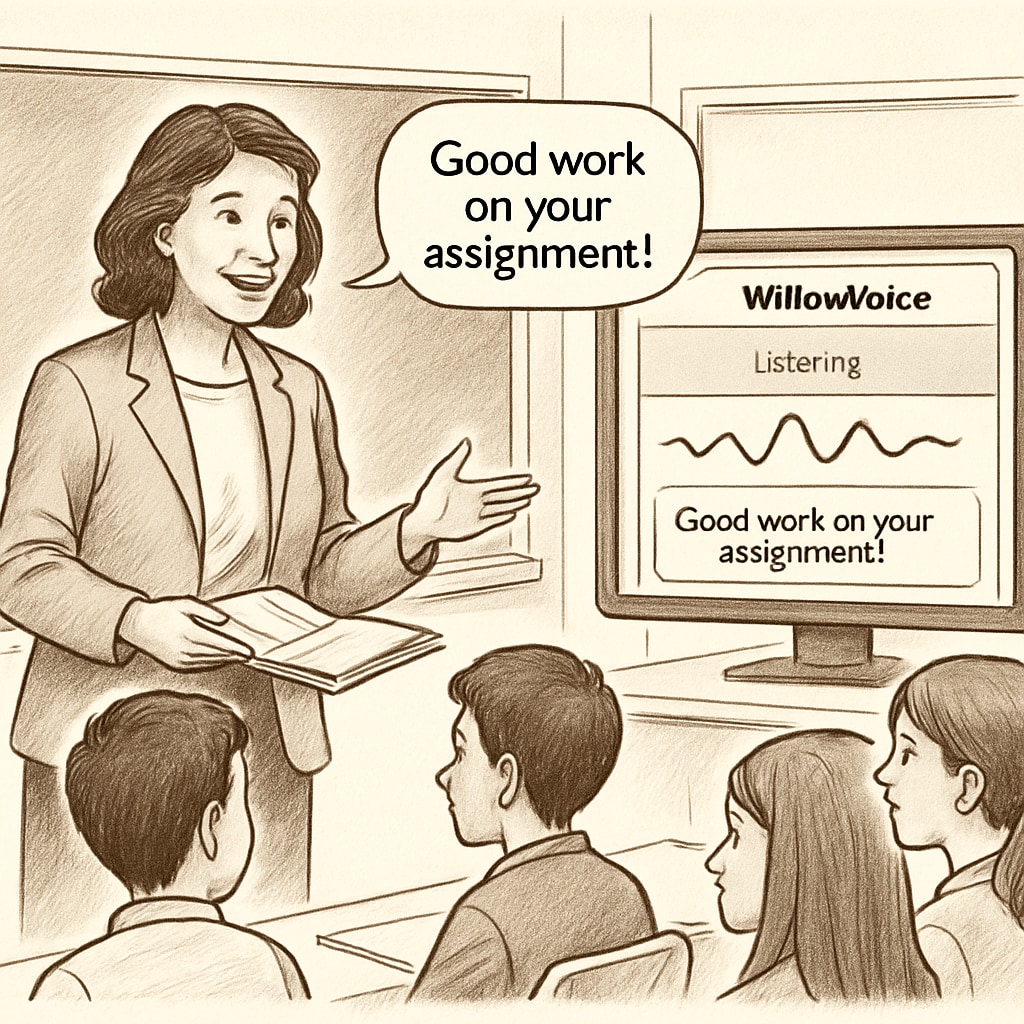Modern educators face the challenge of balancing an overwhelming workload with the need to provide personalized attention to their students. Tools like WillowVoice, which leverage advanced speech recognition technology, are redefining the way teachers handle administrative tasks. By seamlessly converting voice into text, WillowVoice is revolutionizing processes such as feedback, lesson planning, communication, and observation records. This innovation allows teachers to focus on meaningful interactions with their students while improving overall teaching efficiency.
How Speech Recognition Technology is Transforming Education
Speech recognition (the technology that converts spoken words into written text) isn’t just a novelty; it’s becoming an essential tool in education. For example, WillowVoice enables teachers to dictate detailed feedback for students, eliminating the need for manual typing. This not only saves time but ensures accuracy in capturing academic terminology and student names—a critical requirement in K12 education.

Furthermore, the tool assists educators in creating lesson plans by allowing them to vocalize ideas and have them instantly converted into structured text. As a result, teachers can focus on the creative aspects of teaching rather than losing hours in administrative documentation.
Streamlining Communication and Feedback Processes
Effective communication is at the heart of quality education. WillowVoice simplifies this process by enabling teachers to send quick, clear messages to parents or colleagues. Additionally, it facilitates efficient feedback for students, ensuring that every learner receives timely and precise guidance.

The ability to dictate observation notes during class or while assessing student behavior is another significant advantage. Teachers can record essential insights without pausing their active engagement with the class, ensuring that no valuable moment is missed.
By reducing the time spent on repetitive tasks, educators can dedicate more energy to interactive teaching methods, thereby improving student learning outcomes and overall classroom dynamics.
The Future of Teaching Tools: Why WillowVoice Leads the Way
As education continues to evolve, tools like WillowVoice will play a pivotal role in shaping the future. Their ability to integrate seamlessly into existing workflows makes them indispensable for educators seeking efficiency without sacrificing quality.
Moreover, speech recognition technology aligns with broader trends in education, such as personalized learning and adaptive teaching. By automating routine tasks, it frees up time for teachers to focus on strategies that cater to individual student needs.
In conclusion: WillowVoice exemplifies how speech recognition can transform education by streamlining administrative tasks while maintaining accuracy and efficiency. For educators striving to balance workload and quality, adopting such tools is not just a convenience but a necessity.
Readability guidance: Use of short paragraphs and structured lists ensures clarity. Transitions like “however,” “for example,” and “in addition” enhance flow, while active voice keeps the content engaging and direct.


